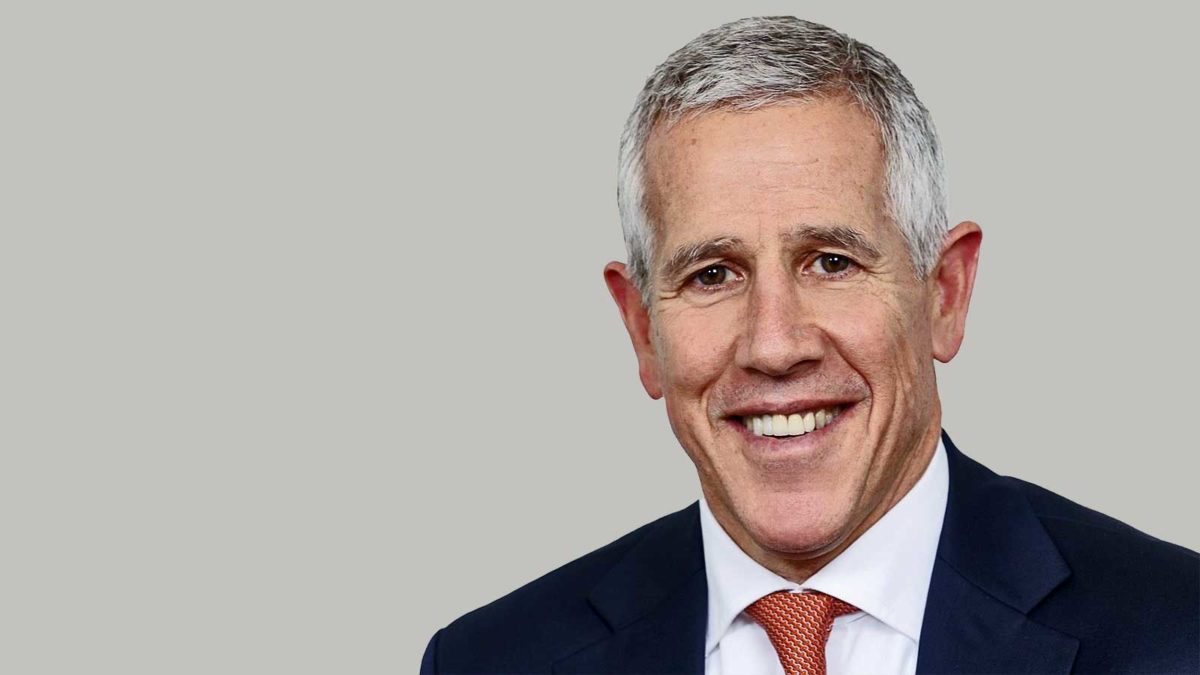Big picture worry over investor low-carbon aims
With COP26 a turning point in net-zero thinking, at least for investors and managers, Ninety One has expressed concern over insufficient focus on ‘real world decarbonisation’.
The global multi-asset and specialist manager is presenting its 2022 investment outlooks presentation, ‘The Challenges of Normalisation’, this week (from December 6). In it, Hendrik du Toit, Ninety One’s founder and chief executive, said his firm had its sights set on a date further in the future than next year – 2050.
To have any hope of the world reaching the target net zero emissions by that year, investors must direct capital to reducing real-world emissions, rather than focusing on “short-term feel-good carbon targets”, he said.
This was the first of the COP series of climate meetings (held last month in Glasgow) where the finance sector was present in force.
At COP26 there was also a growing recognition that we need to support the emerging world’s net zero transition, and that it will necessarily be slower,” du Toit said.
“This is important because there is now an honest conversation about how we can build a realistic net zero pathway for the whole world, including emerging markets.”
He said: “My concern is that the initial drive for net zero focused largely on creating low-carbon portfolios. It’s not difficult for investors, in developed countries especially, to divest from ‘dirty’ industries, most of which are based in emerging markets.
“But that risks starving the real world of the capital it needs to transition and leaving high-carbon assets in the hands of less scrupulous owners with no interest in decarbonization. Ninety One is arguing strongly for a focus on financing real-world, sustainable emissions reductions rather than creating low-carbon portfolios.”
Ninety One says that investors can support the net zero transition in two ways:
- remain invested in companies and engage with them to support their transitions, and
- invest in companies whose products and services are enabling or accelerating the transition to net zero.
The outlook presentation includes the specific observations of four investment department heads: Simon Brazier, co-head of Quality and PM of the UK Alpha Fund; Deirdre Cooper, co-head of Thematic Equity and co-PM of the Global Environment Fund; John Stopford, head of Multi-Asset Income and co-PM of Diversified Income and Global Income Opportunities Funds; and, Jeff Boswell, head of alternative credit and co-PM of the Global Total Return Credit Fund.
Simon Brazier said that margins were set to come under pressure in 2022, but the key was to pick those businesses still able to grow their profits.
On the one hand, “things could be quite tricky in 2022”, he said. There could well be a tightening in the monetary cycle with consumers asked to take on quite a bit of the burden.
One the other hand, more optimistically, if there was a post-pandemic normalisation with consumers back out spending, there might be certain areas of the economy, such as leisure and travel, doing much better.
Deirdre Cooper said the intensifying focus on tackling climate change was driving growth for a select group of businesses. The main things for investors to watch for were regulatory developments, technology advances and changes in consumer preferences.
As an example in the technology area, Ninety One had been adding exposure to software companies which were looking to make buildings more efficient. There had also been exciting developments in the food sector such as meat-alternative protein.
Supply chains continued to represent a risk, though, with disruptions having pushed up some prices and requiring monitoring.
John Stopford said that “things could actually turn out better”, with respect to interest rate expectations, than the market was beginning to fear. Valuations within income-generating assets looked relatively attractive, both in terms of good quality high-yielding equities and elements of the credit market.
“Next year might start with some of the themes that are playing out currently – caution in terms of both growth and policy – but we expect some pretty exciting opportunities for resilient income investors, such as ourselves, particularly from the bottom up,” he said.
Jeff Boswell said investors should prepare for a shift in conditions and increasing dispersion in the performance of companies. Credit markets at the aggregate level looked expensive but looking beneath the surface there was significant differentiation between markets, some offering “compelling valuations for the active investor able to cast a wide net”.
For instance, in US high yield, the highest and lowest quality parts of the market were particularly expensive, but this masked attractively valued opportunities in the middle-rated categories.
He said that this year was about dynamically allocating across global credit markets to capture the rally as economies reopened. Next year would be more about focusing on the more defensive areas of the market which offered the right balance of yield and downside protection.









